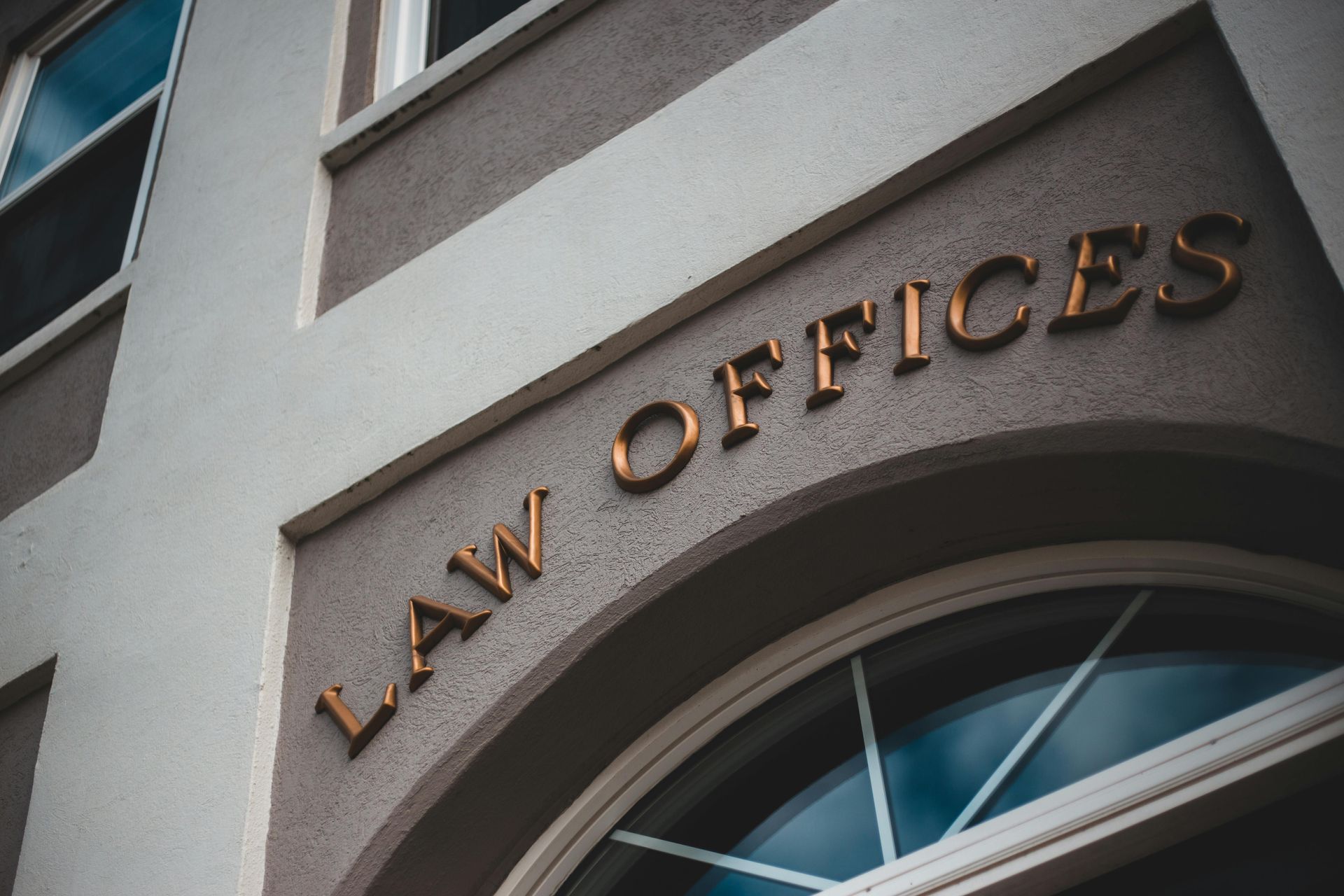Challenging Trademark Rights After Five Years of Registration at the TTAB
ATTORNEYS IN DALLAS
Discover the specific grounds and limitations for canceling a trademark registration beyond the five-year mark, explore Section 14 of the Lanham Act, and gain insights into challenging older registrations at the Trademark Trial and Appeal Board while understanding the impact of incontestability and registration type.
Challenging Trademark Rights After Five Years of Registration at the TTAB
After a trademark registration surpasses five years, it becomes more challenging to invalidate the trademark rights. When the registration is less than five years old, the challenging party can rely on any grounds that could have prevented the initial registration. However, if the trademark registration is over five years old, it can only be canceled based on specific grounds outlined in Section 14 of the Lanham Act. It's important to note that Section 14 of the Trademark Act applies solely to cancellation proceedings at the Trademark Trial and Appeal Board (TTAB) and not in Federal Court.
At the TTAB, marks older than five years cannot be challenged on grounds of likelihood of confusion or descriptiveness. These grounds, which are commonly used to invalidate trademark rights, are no longer available for a petitioner's use after five years of registration. Examples of descriptive claims include geographically descriptive, deceptively misdescriptive, or primarily merely a surname.
Grounds For Cancelling A Trademark Registered For 5 Or More Years
When a trademark registration surpasses five years, it can only be canceled based on the specific grounds listed in Section 14 of the Lanham Act. These grounds include:
1) The mark has become the generic name for the goods or services, or a portion of the mark has become generic.
2) The trademark is functional.
3) The trademark has been abandoned.
4) The trademark registration was obtained fraudulently.
5) The registration was obtained in violation of the provisions pertaining to collective marks and certification marks.
6) The mark violates the provisions of Section 2(a) of the Lanham Act, such as consisting of immoral, scandalous, or deceptive matter; disparaging persons living or dead, institutions, beliefs, or national symbols; falsely suggesting a connection with persons living or dead, institutions, beliefs, or national symbols; consisting of a geographical indication that, when used with wines or spirits, identifies a place other than the origin of goods; or consisting of insignia of the U.S., a State, or foreign nation.
7) The mark consists of a name, portrait, or signature of a living person without their written consent.
8) The mark is being used by or with the permission of the registrant to misrepresent the source of goods or services.
- 66(a) Applications
- Abandoning a Trademark Application or Withdrawing a TTAB Proceeding
- Abandonment and Nonuse
- Abbreviations as Trademarks
- Accelerated Case Resolutions
- Acquired Secondary Trademark Meaning
- Amending Trademark Application
- Assigning a Trademark
- Assigning a Trademark and the Intent to Use Application
- Avoiding Fraud on Trademark Applications
- Avoiding Trademark Litigation
- Basis for Filing a Trademark
- Benefits of Registering a Trademark
- Bona Fide Intent to Use
- Celebrity Trademarks
- Challenging the Relatedness Factor
- Challenging Trademark Rights
- Claims in a Notice of Opposition
- Co-Existence Agreements
- Common Law Trademarks in the Internet Era
- Common Law Use and Priority
- Conflicting Marks
- Consent Agreements
- Constructive Use Priority
- Dates of Use
- Defenses in Opposition and Cancellation Proceedings
- Descriptive or Generic Trademarks
- Design Marks
- Design Trademarks
- Determining Trademark Similarities
- Discovery in TTAB Proceedings
- Dividing a Trademark Application
- Drawing Page
- Electronic Display Specimens for Trademarks
- Evidence in TTAB Proceedings
- Evidence of Acquired Distinctiveness
- Expediting Trademark Cancellation for Nonuse or Abandonment
- Extending Time to Oppose
- Factors of a Likelihood of Confusion Analysis
- False Suggestions of Connection
- Famous Trademarks and Likelihood of Confusion and Dilution
- Filing an Opposition or Cancellation Proceedings
- First Sale Doctrine
- Five Years of Use
- Foreign Trademark Rights
- Generic Trademarks
- Geographic Trademarks
- Hiring Trademark Counsel
- Immoral and Scandalous Trademarks
- Incontestability of U.S. Trademarks
- International Trademark Filings
- Joint Trademark Ownership
- Lawful Use of a Trademark in Commerce
- Likelihood of Confusion Analysis
- Likelihood of Confusion Refusal
- Merely Descriptive Trademarks
- Multiple Bases for a Trademark Application
- Overcoming and Ornamentation Trademark Refusal
- Personal Name Trademarks
- Principal and Supplemental Registers
- Protecting Single Creative Works
- Recording Trademark Assignments
- Refusal of a Trademark
- Refusing a Trade Dress Application
- Registering a Certification Trademark
- Registering a Service Mark
- Registering a Trademark That Lacks Inherent Distinctiveness
- Registering an International Trademark
- Relatedness of Goods or Services
- Request for Reconsideration in Trademark Office Action
- Requirements for International Trademark Application
- Revive an Abandoned Trademark Application
- Secondary Meaning
- Source Confusion
- Special Trademark Applications
- Standard Character and Special Format Marks
- Standing in Opposition and Cancellation Proceedings
- State Trademark Registration
- Statement of Use Extensions
- Tacking Doctrine
- Technical Trademark Use
- The Supplemental Register
- Trade Dress
- Trade Dress Application
- Trademark Application
- Trademark Clearance Searches
- Trademark Disclaimers
- Trademark Licensing
- Trademark of Authors, Performing Artists, and Characters
- Trademark Ownership
- Trademark Protection In Texas
- Trademark Settlements
- Trademark Specimens
- Trademark Specimens
- Trademark Use by Related Company
- Trademark Use in Advertising
- Trademark Use in Commerce
- Trademarking a Distinctive Mark
- Trademarking a Hashtag
- Trademarks for Musical Artists
- TTAB Discovery Rules
- TTAB Proceedings
- U.S. Service Mark
- U.S. Trade Dress
- Understanding Trade Channels
- Unitary U.S. Trademark
- Universal Symbols as Trademarks
- Using Secondary Sources
- What is an Ex Parte Appeal?
- Where to Register a Trademark
- Who Must File a Trademark?
Incontestability Status Of A Trademark
It's worth noting that once a trademark registration reaches five years, the registrant may file an Affidavit of Incontestability, which can make the mark incontestable under certain circumstances. However, Section 14 of the Lanham Act, which limits certain challenges as grounds for invalidating a registration, is not dependent on achieving incontestable status through an Affidavit under Section 15 of the Lanham Act. Sections 14 and 15 of the Lanham Act operate independently of each other.
Cancellation And Incontestability Status Of A Trademark
It's unclear whether the fifth anniversary of a trademark registration falls within the initial five-year period without restrictions for asserting challenge grounds. However, a case before the Trademark Trial and Appeal Board determined that the fifth anniversary date falls within the first five-year period. Therefore, any grounds that could have been asserted against the registration initially can serve as grounds for the cancellation petition. Additionally, if the last day of the five-year period falls on a federal holiday or a Saturday or Sunday, filing a Petition to Cancel on the following Monday would still be acceptable, even if it falls outside the five-year period.
If the registration you seek to cancel is on the Supplemental Register instead of the Principal Register, there are no restrictions on the grounds that can be asserted, even if the registration is over five years old. Paying attention to the registration date is crucial when attempting to invalidate trademark rights. We can assist you in determining which grounds may be appropriate to assert against a registration based on whether it's on the Principal or Supplemental Register and how many years have passed since the trademark registration was issued.
Contact an Experienced Trademark Attorney
If you need legal advice regarding your trademark rights, assistance with trademark prosecution, or representation in a domain name dispute, contact Wilson Whitaker Rynell. Our team of trademark lawyers has extensive experience in all aspects of trademark and copyright law, including the filing of trademark applications and representing clients in defense or prosecution before the Trademark Trial and Appeal Board.
CLIENT MATTERS
5,000+
YEARS OF SERVICE
25+
Award Winning
Recognized in the legal industry as dedicated board-certified lawyers and Rising Stars.
Expert Team
Your project will be handled by legal experts every time. You will have the most experienced attorneys working for you.
Quality Representation











